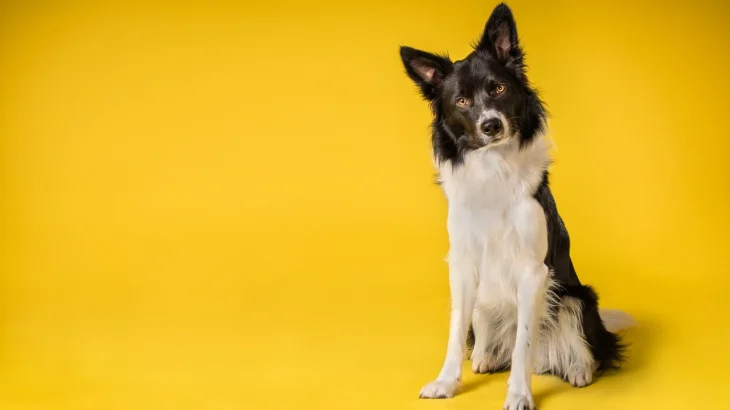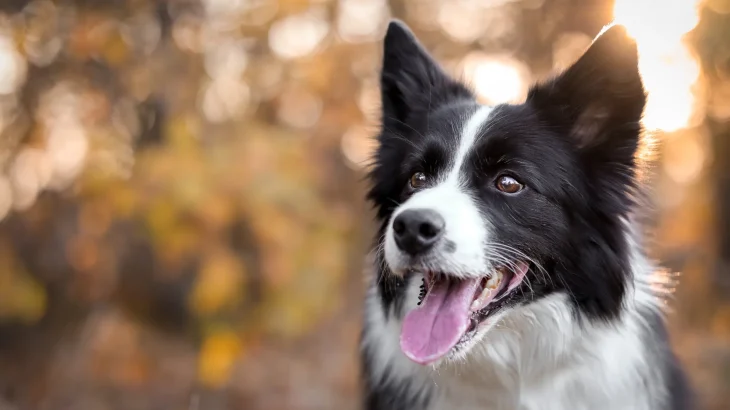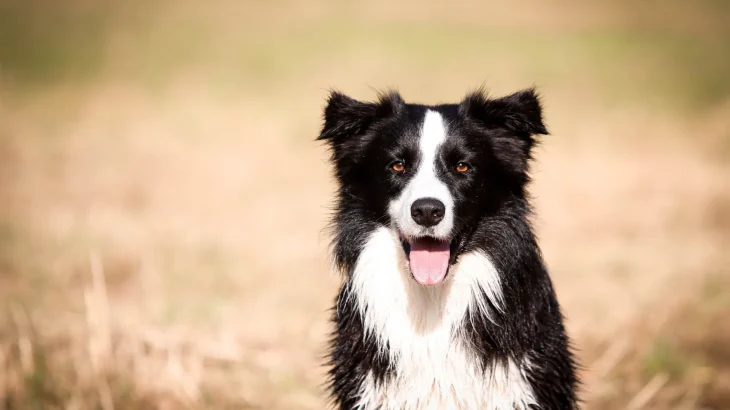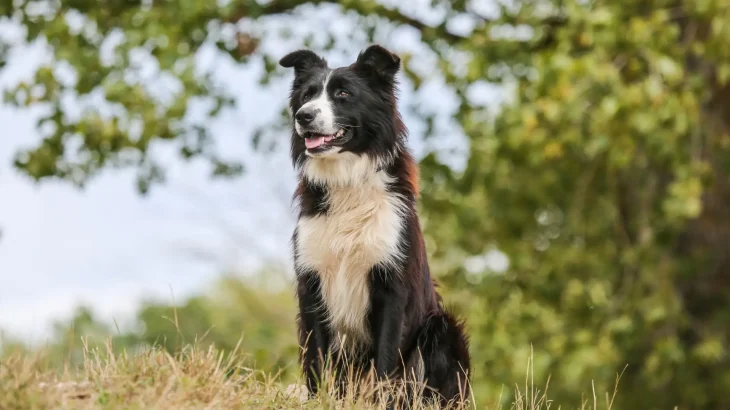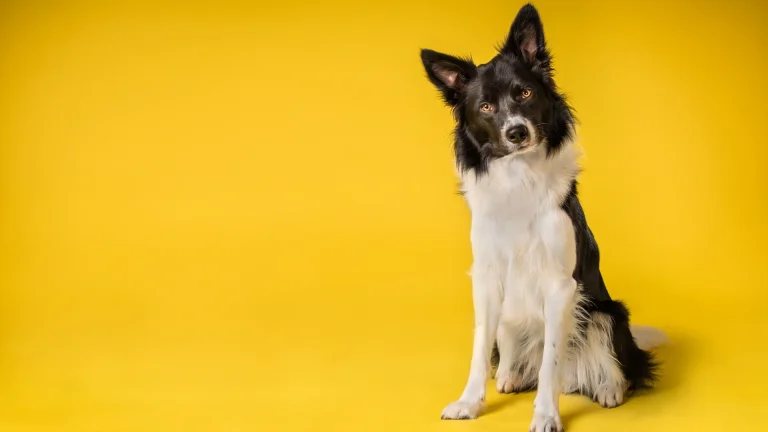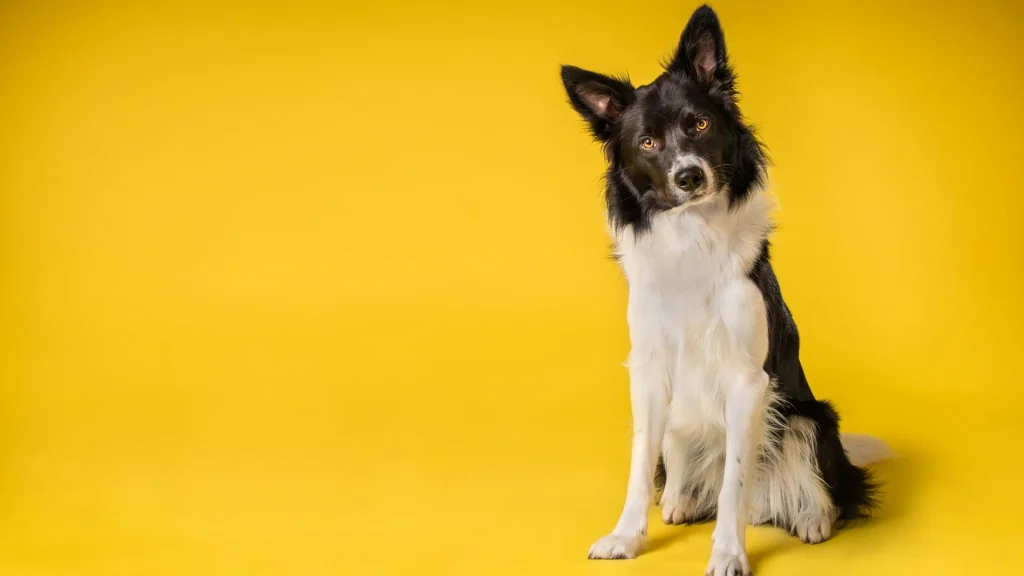When deciding whether to get a Border Collie puppy, you can either adopt or buy from a breeder. The choice depends on factors like health certainty, cost, and ethical considerations specific to the Border Collie breed.
Adoption vs. Breeder: Pros & Cons
| Criteria | Buying from Breeder | Adopting from Shelter/Rescue |
|---|---|---|
| Cost | Higher, reflecting breed purity and lineage (often $800-$2,000). | Lower adoption fees, more budget-friendly. |
| Health History | Usually comprehensive health records and genetic testing, reducing hereditary risks. | Health history may be incomplete; pets usually checked for immediate health issues. |
| Age Availability | Primarily puppies, allowing early training and bonding. | Various ages, including adults who may be trained or need less care. |
| Temperament Insight | Breeders often provide details based on parents' traits. | Shelter staff give behavior observations; full background sometimes unknown. |
| Supporting Practices | Supports breeders maintaining breed standards; important to verify ethical breeding. | Supports animal welfare by giving homes to dogs in need. |
| Breed Purity & Pedigree | Clear documentation ensuring purebred status and eligibility for events. | Purity may be uncertain; pedigree papers usually not provided. |

